Here is a truly historical item — a LEEDS & NORTHRUP CO. Wheatstone bridge. It has Western Electric K.S.3011 designation.
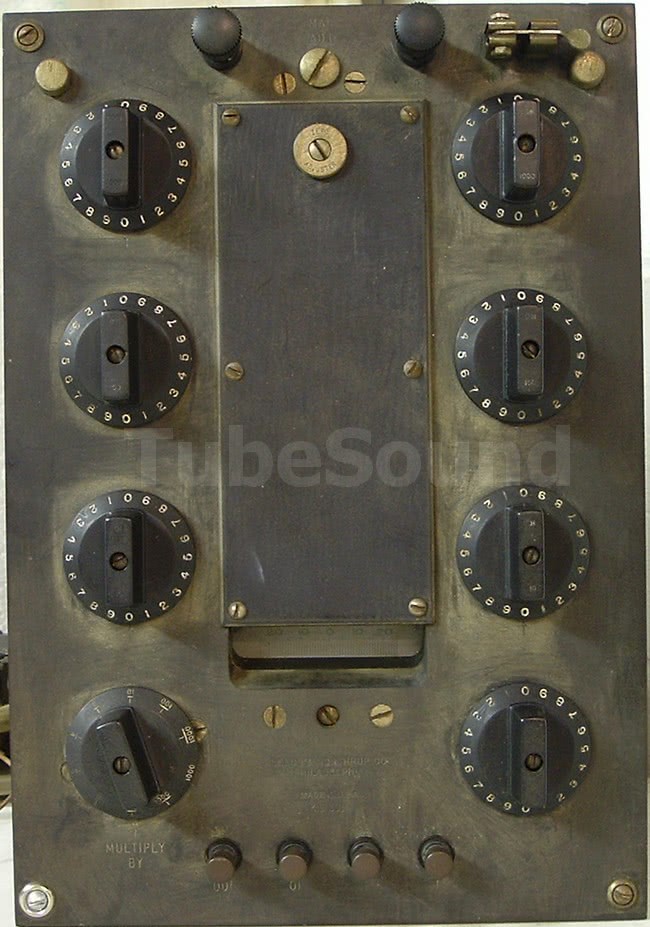
The craftsmanship and build quality of this device is truly remarkable. I cannot fathom how much money it would cost to build this same device today using identical components. The unit consists of a large magnet, floating mirror, bulb, magnifier, panel scale, brass and silver switches with no measurable resistance, and a large number of precision resistors that were hand-wound and perfectly balanced using the finest balance bridge equipment available at that time. Truly the highest laboratory-grade accuracy that was possible — BEST of best. Resistance accuracy should approach 0.1%. For this reason, the unit makes a fabulous (true) precision resistance box for checking calibration. This gives it a modern “use” instead of sitting on a shelf as a discussion piece.
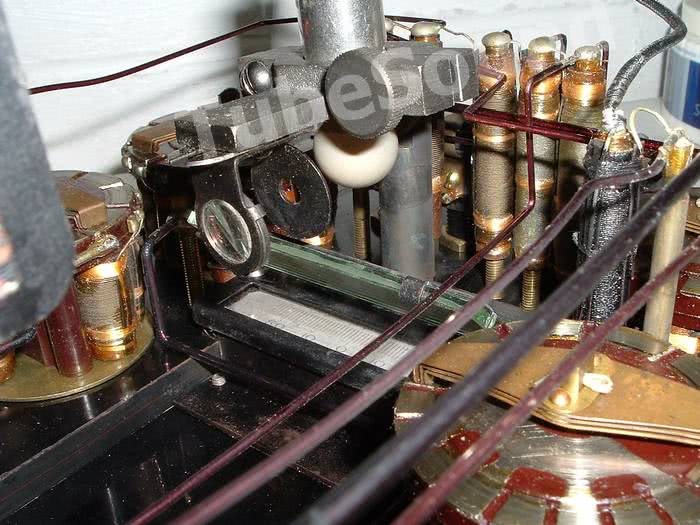

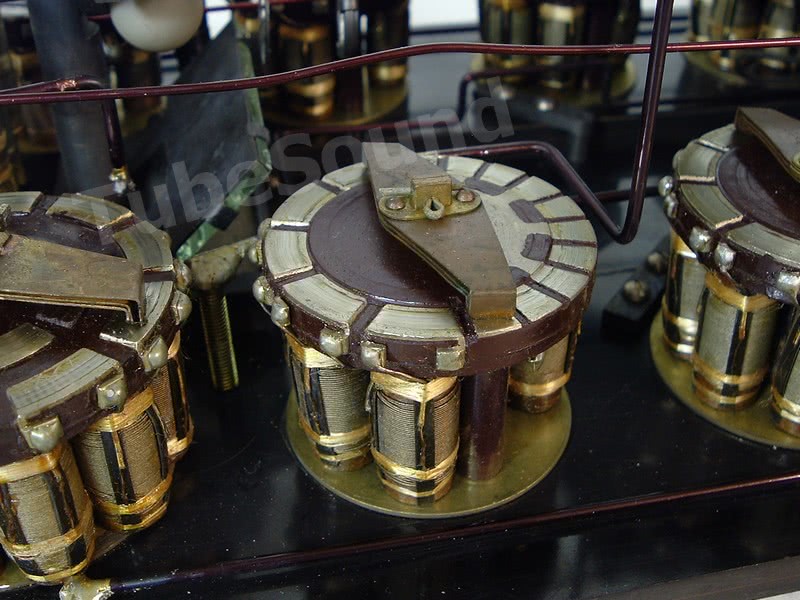
With some very simple rewiring (that can easily be reversed), this unit has a selectable resistance (in 1-ohm increments) from 0 to 19989 ohms. Want to dial up 8 ohms? No problem. 543 ohms? No problem. How about 17,777 ohms? No problem.
Just for fun, I decided to check the resistance accuracy of a few of my meters.
Fluke #10 DMM:
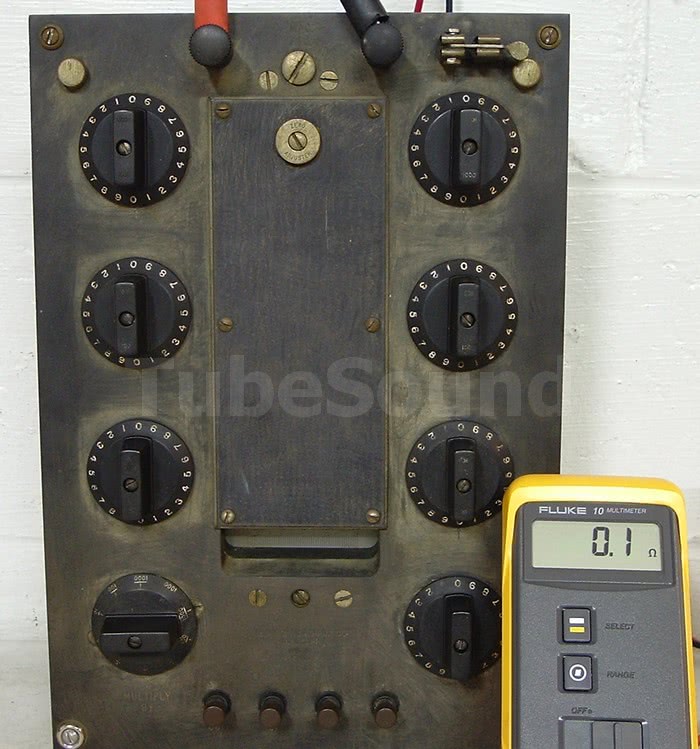
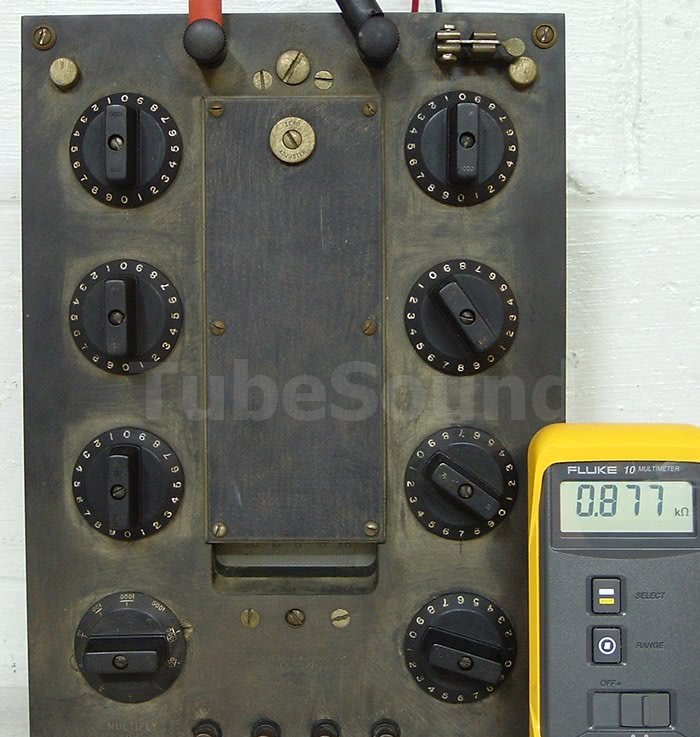
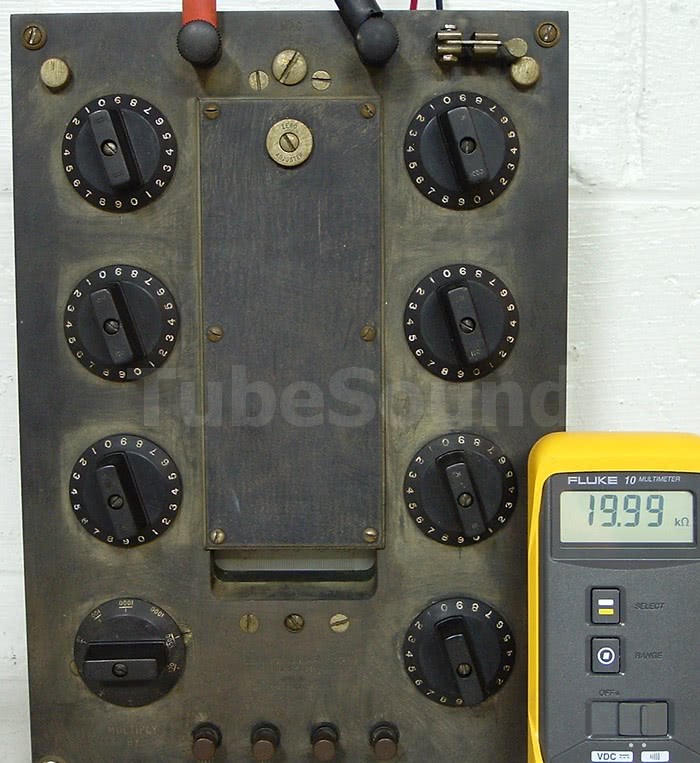
As with most digital meters, you can seldom achieve 0-ohms. The reading here when testing 0-ohms, 0.1 ohms, is the same as you will get when shorting the test leads together. This is the error factor and has to be subtracted from your test readings. For example, I tested 9-ohms, the Fluke #10 read 9.1 ohms. If you remember to subtract the error factor, the score is perfect. Overall, this meter is extremely accurate, extremely fast, and verifies why I use it for everyday repairs.
Fluke 179 DMM:


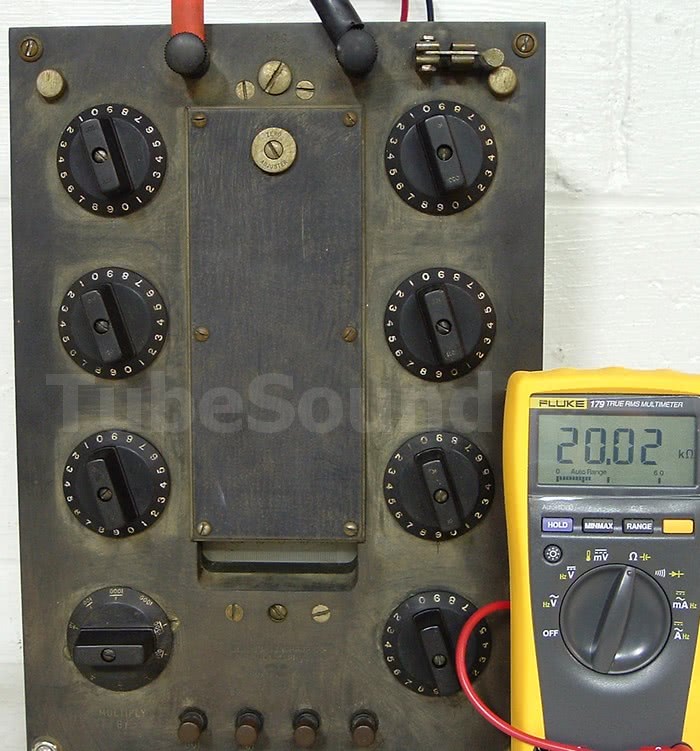
As expected from a higher-end Fluke, the readings here are very accurate also, although a hair less accurate than the Fluke 10. The results are certainly well within Fluke calibration and accuracy (0.9% + 1 count).
Eico 221 VTVM (Vacuum Tube Voltmeter), rebuilt and calibrated:
I have a ton of VTVM’s in my collection, but I found this cosmetically like-new vintage Eico 221 VTVM and decided that it deserved a rebuild and calibration. Since I just finished the project, this was a good chance to test its ohmmeter accuracy. The Eico 221 VTVM uses the older octal-base tubes 6SN7 and 6H6. Most newer VTVM’s use 12AU7 and 6AL5 as their tube compliment.
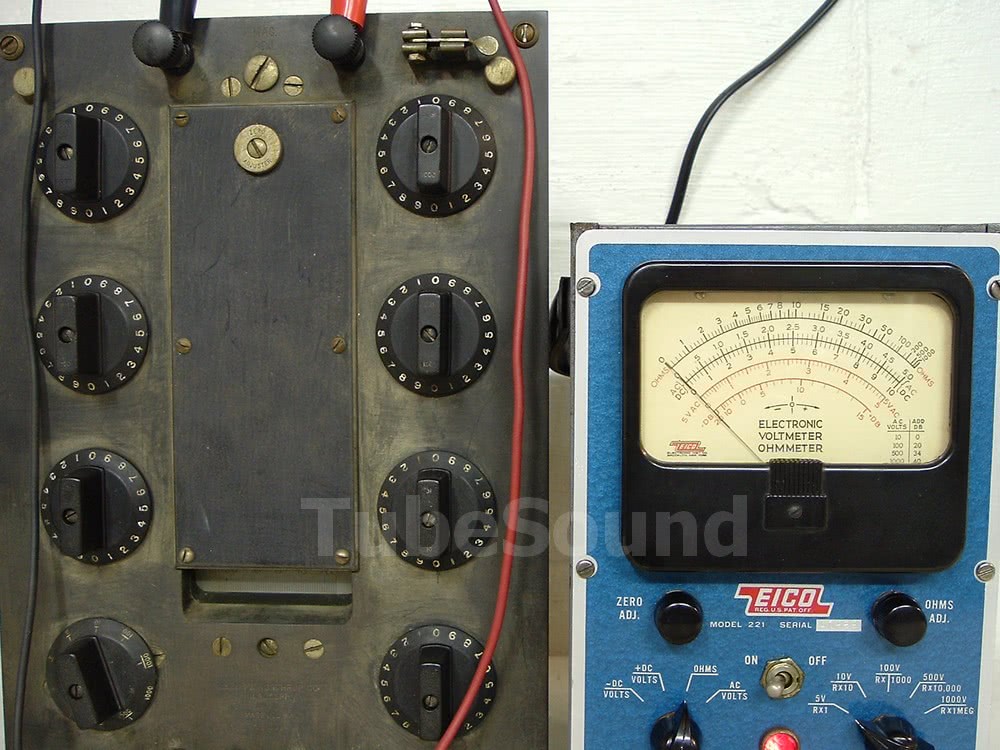
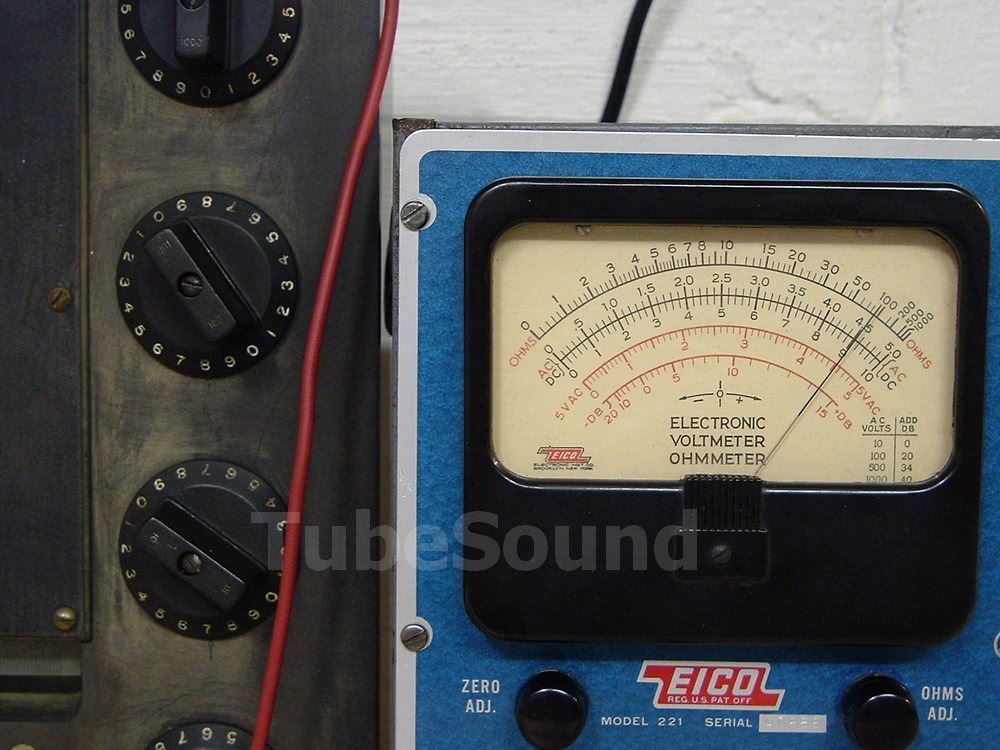
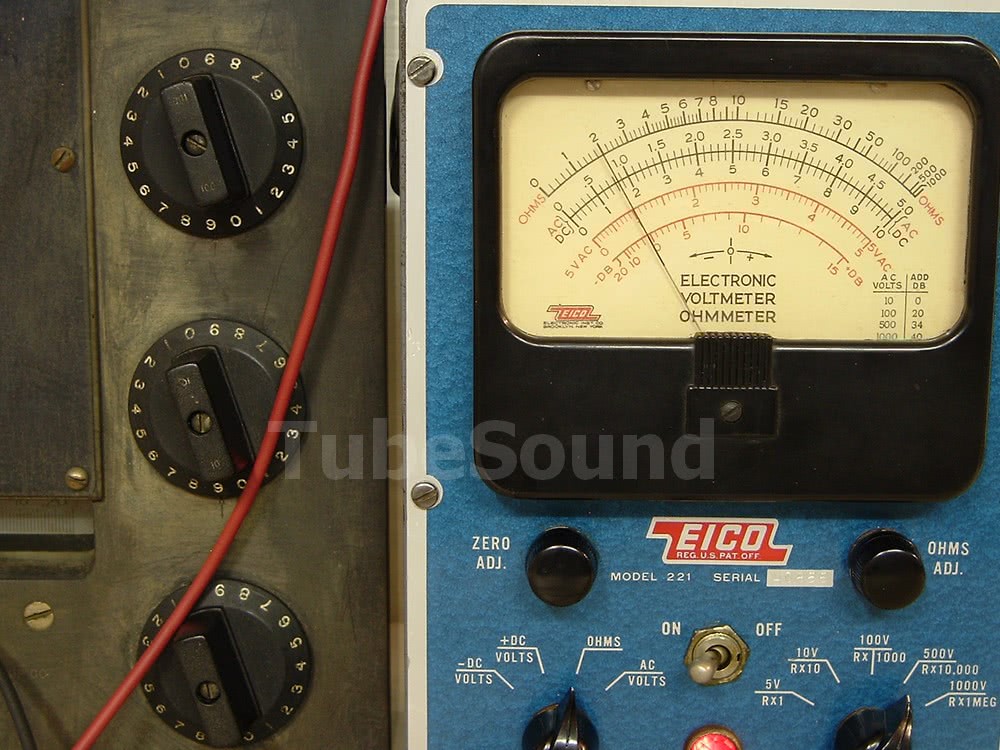
Results were quite impressive for a very old analog meter. As you would expect from a VTVM, the Eico 221 had no problem reading 0-ohms, x1 range, on the Leeds box, achieving the same 0-ohms reading as when the probes were shorted together. This meter does not have an x100 range, so the 876-ohm test had to be performed using the x10 range, which makes reading the result more of a “guesstimate”. The result was a hair less than “90” (ie 900), which is as accurate as you can expect on the x10 range. Finally, the 19989 ohms test read directly on the “2” line using the x10000 range (20,000 ohms). These results were certainly far more accurate than Eico’s published accuracy of ±3% ohms. You could easily use this meter for a serious project and feel comfortable with the accuracy of your work. That said, VTVM’s require frequent “zeroing” adjustments when switching between ranges, thereby slowing your work speed. For that reason I seldom use a VTVM unless I need to measure AC of frequency beyond the capabilities of my Fluke’s.
I may test a few other of my DMM / VTVM / VOM’s “someday” and add them to this post, but that’s all for now. The reason for the post was to show the craftsmanship of unit itself.
Bob Putnak
eBay ID = rjputnak
Copyrighted 2010 TubeSound, all rights reserved.
